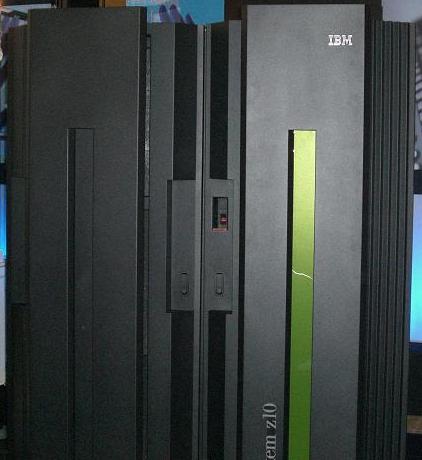IT loves analogies.
Seriously, will the computer-as-a-car analogy ever die (please)? It has been over 10 years since we first heard jokes about if Microsoft built cars:
At a computer expo (COMDEX) Bill Gates reportedly compared the computer industry with the auto industry and stated “If GM had kept up with technology like the computer industry has, we would all be driving twenty-five dollar cars that got 1000 miles/gallon.” Recently General Motors addressed this comment by releasing the statement : “Yeah, but would you want your car to crash twice a day?”
It has been popular ever since.
Citrix stretched the car analogy significantly last year, comparing VDI to a truck, XenDesktop (or was it XenApp?) to a Prius (or was it an SUV?), and XenServer to a Porsche (with Xen as the engine, ‘natch). This year Citrix again used some kind of car analogy, but the compact car was apparently no longer a Prius. Only a couple of months ago, Ballmer and Jobs were going after each other again, with Jobs comparing PCs to trucks, and Ballmer riffing on a questionable “Mac(k) truck” analogy.
The latest and greatest example (depending on your reference point) is, of course, computing as a cloud – for many years as no more than a network icon, but mostly recently as a metaphor for a network-based on-demand computing model.
The analogy that has been bugging me recently though is virtualization (or cloud) as a “software mainframe”.
It was almost 18 months ago when VMware’s CEO, Paul Maritz, used the term “software mainframe” at VMworld Europe. I bridled at it even then. Stephen Herrod soon followed, and both have used it periodically ever since. At Citrix’s annual Synergy event in May this year, Microsoft’s Brad Anderson used it too.
The thing is, with my experience in virtualization, cloud, and mainframe, the whole “software mainframe” thing simply is not working for me.
Despite Maritz’s claims at the time that the analogy proved especially useful in describing vSphere to people age 45 and over, almost all the people I know with actual mainframe experience (both over and under 45) scoff at it. For them, even vSphere fails to live up to an actual mainframe in so many areas – uptime, throughput, manageability, security, scalability, standardization, lifespan, interoperability … the list goes on.
Meanwhile, I consistently hear most people without mainframe experience – including many CIOs, even those over 45 – want nothing to do with mainframes. “That old junk,” they say. After all, who really longs for the world of green screens, CICS and IMS, SNA/VTAM, COBOL and VSAM, transaction processing, DB2, and on and on?
I simply cannot see how the analogy is appealing for anyone. Indeed, in my experience, the message of a “software mainframe” appeals to exactly no one.
In any case, VMware should really be careful what it wishes for – it may just come true. After all, if IBM ever decides to be more aggressive in its virtualization strategy, they might just enable their zSeries mainframe to run Microsoft Windows (and I for one do think they should). If they did, the real mainframe would make a very strong server virtualization option, especially for mid to large enterprises.
Remember, IBM didn’t just invent the mainframe, they invented virtualization. And if they delivered a real virtualization mainframe, you know that VMware would stop talking about mainframes pretty quickly.
And I for one would applaud, not least because I am heartily sick of the “software mainframe” analogy.

7 comments for ““Software Mainframe” – a Poor Analogy for Virtualization”